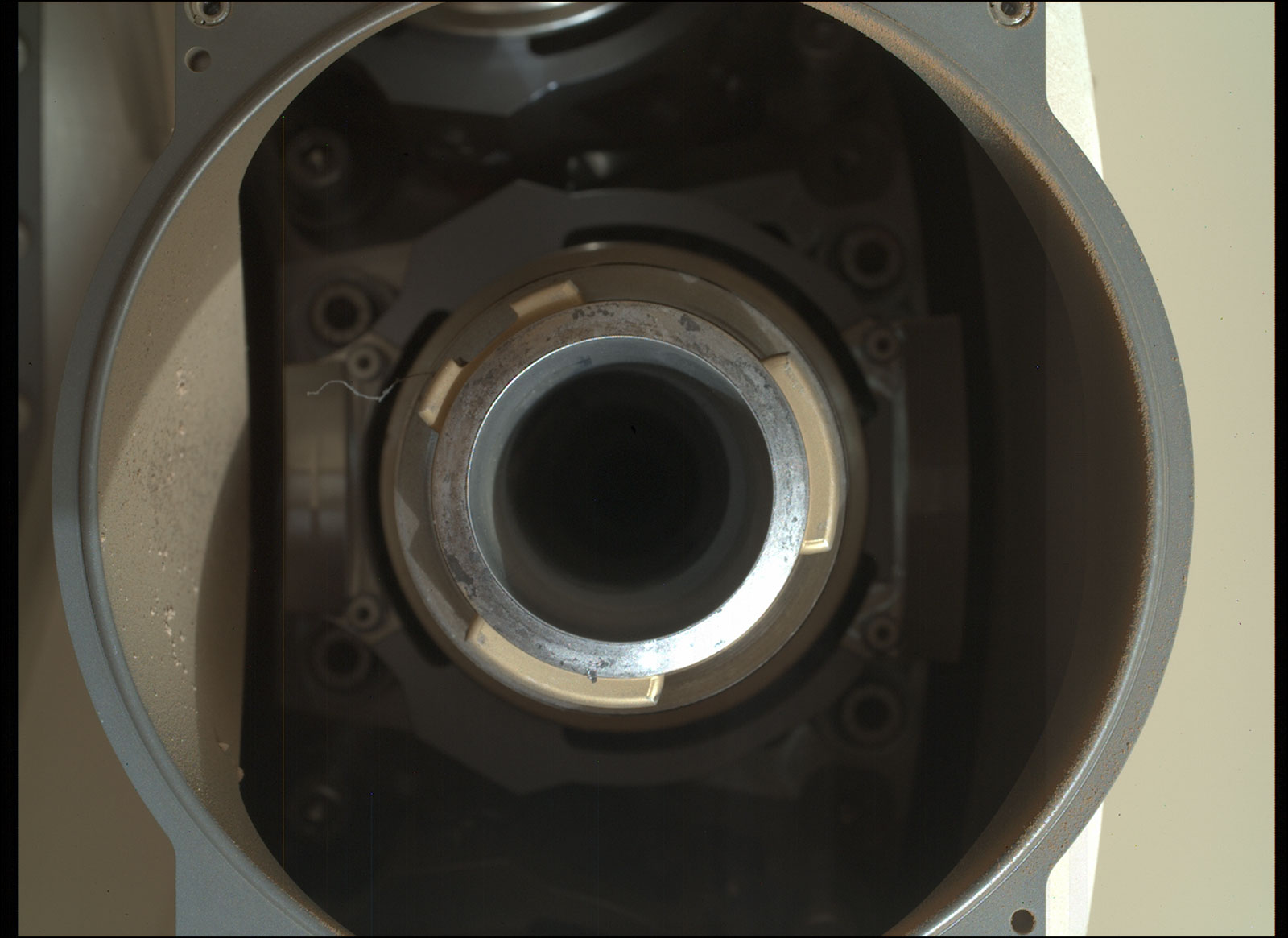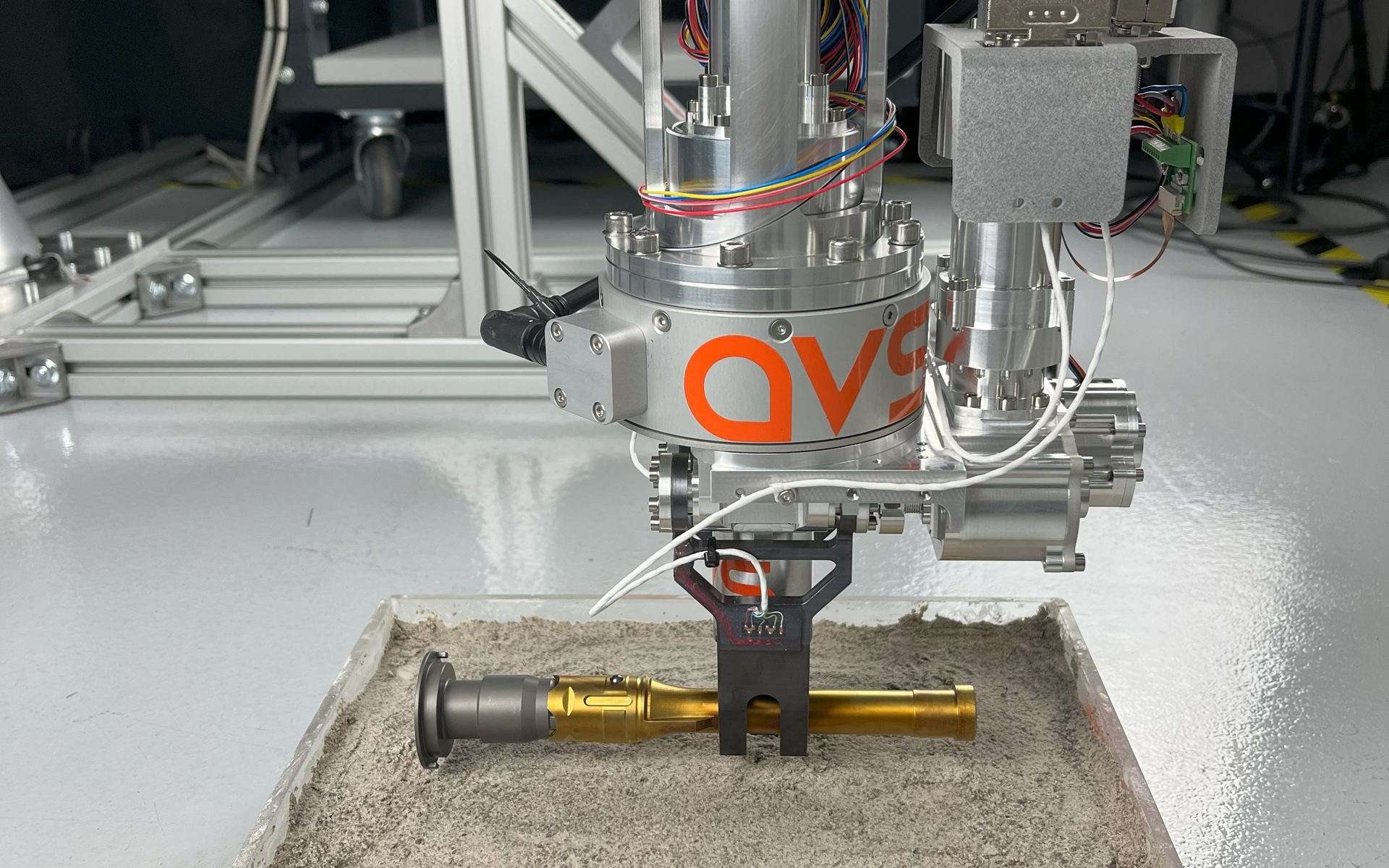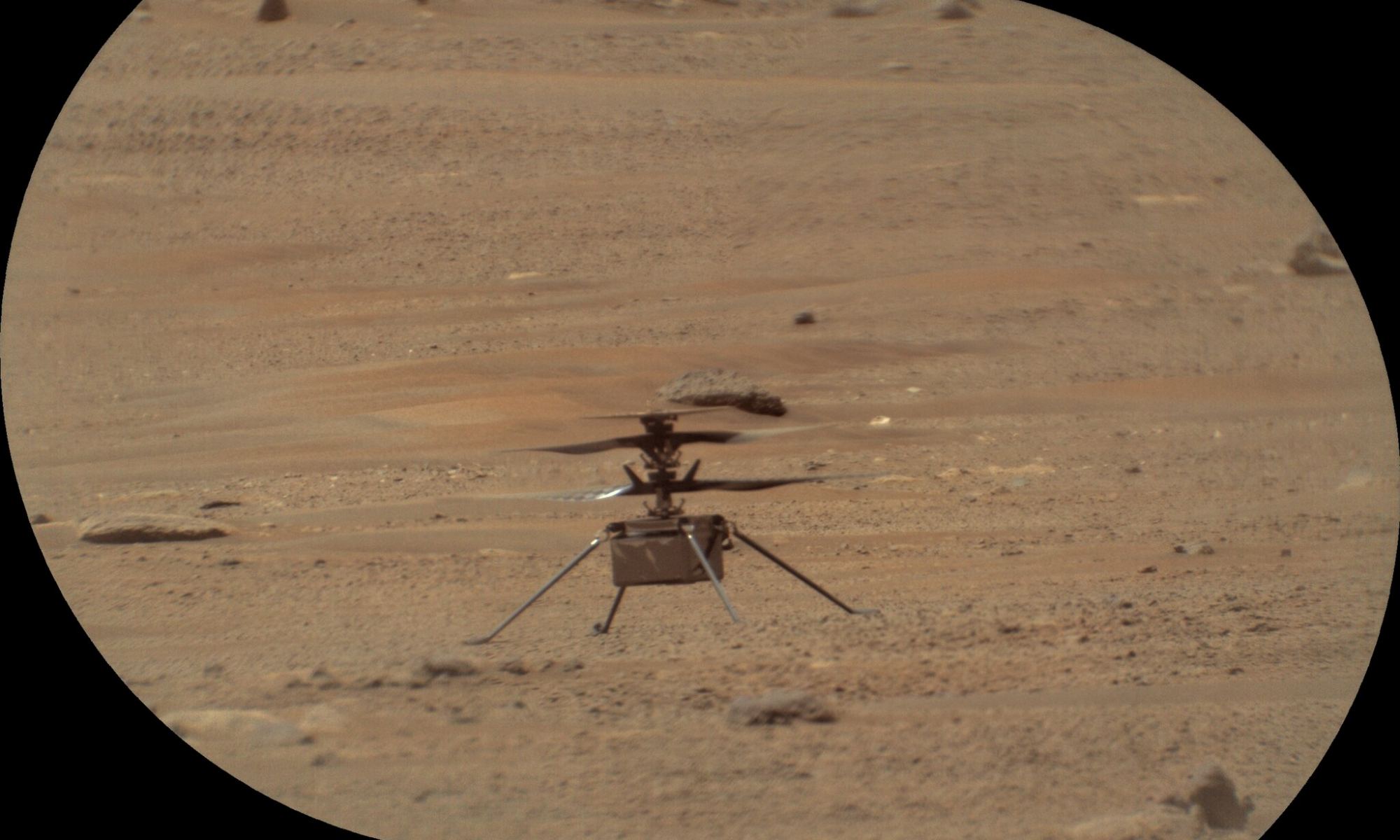Mars holds a very special place in our hearts. Chiefly because of all the other planets in the Solar System Mars is probably the place we are going to find some tantalising clues or maybe even evidence of prehistoric life. NASA Perseverance Rover has been trundling around the Jezero Crater looking for evidence that it was once hospitable to life. To that end it has not only been collecting rock samples but air samples too and scientists can’t wait to get their hands on them.
Continue reading “It’s Not Just Rocks, Scientists Want Samples Mars’s Atmosphere”The Current Mars Sample Return Mission isn’t Going to Work. NASA is Going Back to the Drawing Board
Human spaceflight is not the easiest of enterprises. NASA have let us know that their plans for the Mars Sample Return Mission have changed. The original plan was to work with ESA to collect samples from Perseverance and return them to Earth by 2031. Alas like many things, costs were increasing and timescales were slipping and with the budget challenges, NASA has had to rework their plan. Administrator Bill Nelson has now shared a simpler, less expensive and less risk alternative.
Continue reading “The Current Mars Sample Return Mission isn’t Going to Work. NASA is Going Back to the Drawing Board”Perseverance is Keeping Track of the Big Picture While it’s Exploring Mars
It’s always a real benefit to have scientists on the ground, able to use the wealth of their experience and ingenuity to ‘think on their feet’. It is therefore always quite challenging to use space probes that to a degree need to be autonomous. This is certainly true of the NASA Perseverance Rover that has been drilling core samples that will one day (hopefully) be returned to Earth as part of the Mars Sample Return mission. Until then, a team of Geologists have developed a technique to calculate the orientation of the core samples to help with future analysis.
Continue reading “Perseverance is Keeping Track of the Big Picture While it’s Exploring Mars”Grabbing Samples from the Surface of Mars
As if the Mars Perseverance Rover and Ingenuity Drone were not exciting enough then the next step in this audacious mission takes it to a whole new level. Mars Sample Return Mission is to follow along, collect and return the samples collected by Perseverance back to Earth. However the status of Mars Sample Return is uncertain as engineers are still working on technology to retrieve the samples. The current challenge is the gripper arm that will collect the samples and stow them safely and securely before transportation without damaging them.
Continue reading “Grabbing Samples from the Surface of Mars”Perseverance Gives Us One Last Look at the Damaged Ingenuity Helicopter
Well I consider that a success; the first aircraft on another world surpassed all expectations. Ingenuity, the helicopter that has been buzzing around on Mars has finally reached the end of its life after a total of 72 flights on the red planet. In a wonderful piece of computer imagery, Simeon Schmauß took a number of images of Ingeniuty from Perseverance and stiched them together into a mosaic and upscaled to provide a human eye view.
Continue reading “Perseverance Gives Us One Last Look at the Damaged Ingenuity Helicopter”NASA's Mars Helicopter Had an Unscheduled Landing, But Flew Again

The Ingenuity helicopter continues to explore the landscape around Jezero Crater on Mars, now more than 800 days into its original 30-day demonstration mission. Recently, Ingenuity completed its 54th flight on the Red Planet. However, things haven’t gone exactly to plan the past several weeks.
On its 53rd fight on July 22, 2023, the helicopter cut the flight short after one of its warnings was triggered, implementing the “LAND_NOW” protocol. Ingenuity should have flown for 136 seconds but was only in the air for 74 seconds before performing an emergency landing.
Continue reading “NASA's Mars Helicopter Had an Unscheduled Landing, But Flew Again”Perseverance has Found a ‘Cat Hair’ in its Drill Chuck. What is it?

After each use of one of the tools at the end of the Perseverance rover’s arm, the mission’s engineering team always takes images of the tool to make sure everything is still in working order.
Last week the rover’s drill was used to take a core sample from a rock – the 12th such sample that has now been stored and sealed for possible future retrieval in a proposed sample return mission. The team then took images of the drill and sample collection system components. In those images, two small pieces of debris were visible: a small object on the coring bit (which is stored in the bit carousel) and a small hair-like object on the drill chuck.
Continue reading “Perseverance has Found a ‘Cat Hair’ in its Drill Chuck. What is it?”Perseverance is Searching for the Perfect Landing Spot for the Upcoming Sample Return Mission
NASA’s car-sized Perseverance (Percy) Mars rover has been had at work carrying out its science campaign in Jezero Crater on the Red Planet, but it’s equally been busy scouting for sites for NASA’s planned Mars Sample Return (MSR) mission, which is a joint mission with the European Space Agency. One of the many tasks for Percy has been to collect sample tubes that MSR will eventually return to Earth for further analysis, having collected its ninth sample on July 6. This most recent sample is especially intriguing as it’s the first taken from the Jezero’s delta itself, which is believed to be one of the most ideal locations to search for past life on the Red Planet.
Continue reading “Perseverance is Searching for the Perfect Landing Spot for the Upcoming Sample Return Mission”Mars Rovers Will Need to Dig Deeper If They Want to Find Evidence of Life
The search for life—even ancient life—on Mars is trickier than we thought. In a recent study published in the journal Astrobiology, researchers have determined that NASA’s Mars Perseverance (Percy) Rover will have to dig two meters (6.6 feet) beneath the Martian surface in order to find traces of ancient life. This is because the surface of Mars is constantly bombarded with extreme levels of solar radiation that scientists hypothesize would quickly degrade small molecules such as amino acids. The reason for this extreme level of radiation is due to the absence of a magnetic field, which scientists believe was stripped away billions of years ago when the planet’s liquid outer core ceased to produce the dynamo that created the field.
Continue reading “Mars Rovers Will Need to Dig Deeper If They Want to Find Evidence of Life”Long-Range Photo of Ingenuity Taken by Perseverance’s SuperCam Instrument
NASA’s Ingenuity helicopter is a stunning achievement of engineering, design, and, well, ingenuity. The dual-rotor craft can be seen taking off and landing in this remarkable video, taken by the Mastcam-Z, an imager aboard the Perseverance Mars Rover. Mastcam-Z is a tremendous scientific instrument, but this article’s truly outstanding lead image was taken with Perseverance’s SuperCam instrument.
Continue reading “Long-Range Photo of Ingenuity Taken by Perseverance’s SuperCam Instrument”







